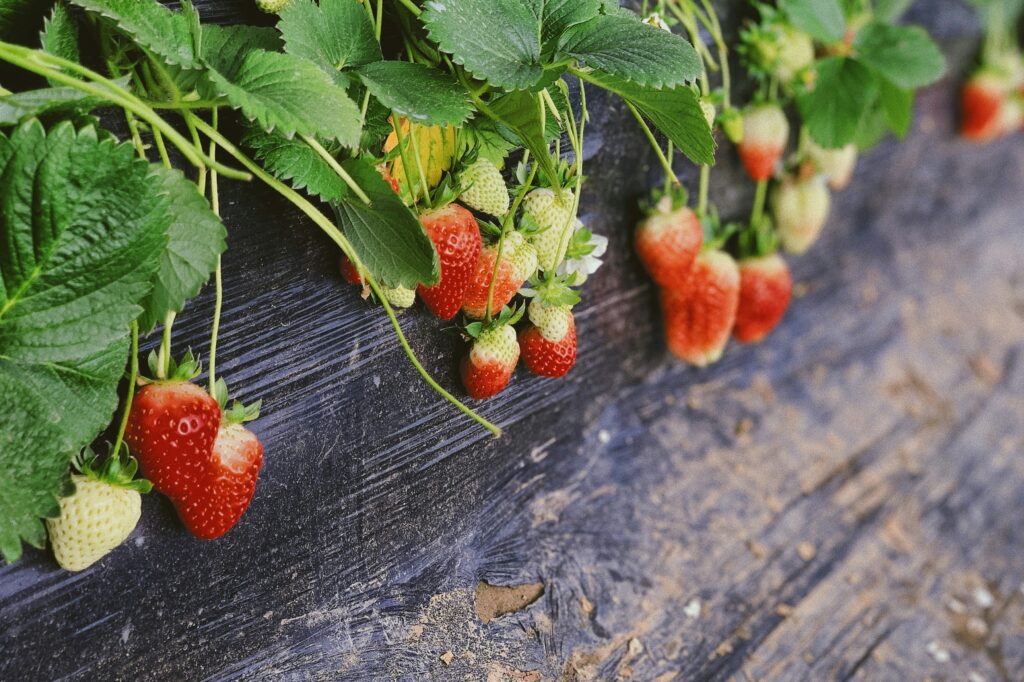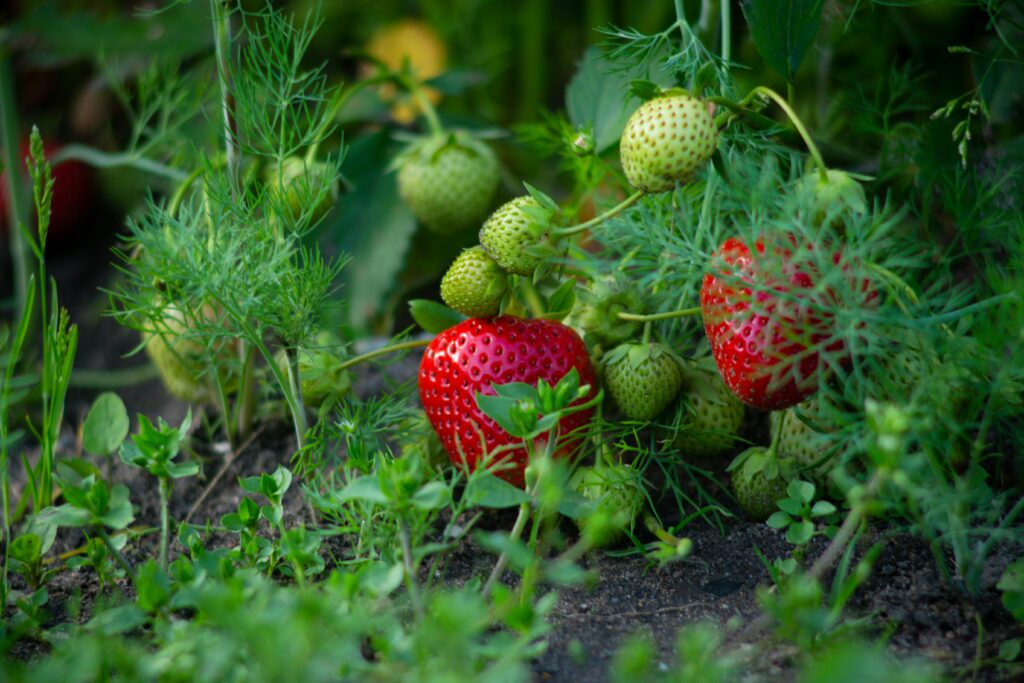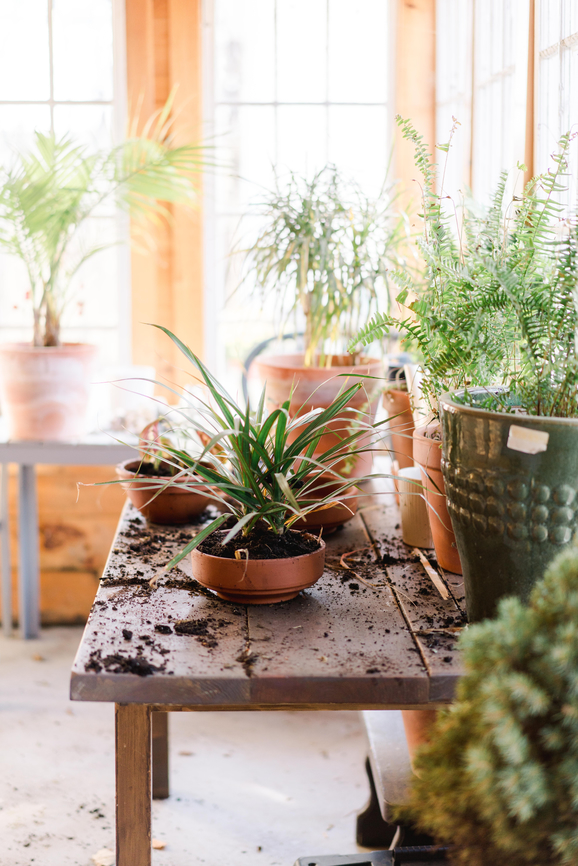Growing Strawberries: A Checklist
Whether in baskets, beds or directly in the ground, strawberries are versatile in their growing mediums. They do, however, have specific requirements. For a successful fruit harvest be sure to have the following:
- A location that sees at least 6-8 hours of sunlight per day
- Soil that is slightly acidic and rich with organic matter. If you’re planting directly in the ground, test your soil to determine pH levels and location viability. If you opt for containers or baskets, various soil mixes and organic matter can help meet these requirements
- Access to an easy watering source — strawberries require consistent moisture, which relies on diligent watering especially during fruiting
- Fertilizers and mulching material, the latter is often straw, sawdust or other materials that help prevent weeds, increase moisture and prevent pests. They are heavy feeders, particularly of nitrogen and so fertilizing is essential for optimal growth and yield
- High-quality strawberry transplants; while growing strawberries from seeds isn’t particularly challenging, germination can be tedious and unreliable. Instead support a local nursery and buy healthy, strong transplants to plant at home
Tips for Containers and Baskets
We are always fans of any kind of container gardening as our roots run deep in this field of gardening. Strawberries do very well in both containers and baskets. Part of their anatomy includes horizontal above-ground stems, called runners that clone the plant to create more strawberry plants. Investments in other plant parts, like in the case of runners, can impact fruit development. But, when growing in containers and baskets, runners tend to be limited, helping create bigger and juicier harvests. While limited when not in the ground, they will still be produced, trim accordingly throughout the season.
It is also important to note that watering must be vehemently monitored. Any container/basket will be susceptible to drying out faster than in the ground. Check daily and water accordingly. Many people find it beneficial to use drip irrigation or other watering systems to keep the moisture levels consistent. Be sure to have good drainage along with a suitable fertilizer for the season.
Growing in the Ground
If you have the space to allocate a portion of your garden to strawberries, a beautiful harvest awaits you. Growing directly in the ground has its advantages but it can also be less beginner friendly. This is because more preparation is required to achieve success. During initial planting consider mounding or hilling your soil. This process, exactly as named, sees hills or mounds created in rows as needed for planting. Strawberry roots do better when they are met with less resistance, but also, this method prevents water logging and improves overall air circulation. Following planting, consider mulching with straw, or other appropriate material. The purpose being threefold: to increase moisture content, to aid in pest prevention and for cleaner berries.
Julie writes: When it comes to the harvest, patiently wait until your berries are a bright and delicious red – all around. Strawberries are non-climacteric fruit, meaning they will not continue ripening once removed from the plant. For that memorable sweetness, it’s worth the wait. My favourite part during picking is that telltale “pop” sound as you pull, indicating perfect ripeness.
We hope this summer you try your hands, or green thumbs at growing strawberries. Summer time at Emerson Wild is arguably the very best season, in the garden at least. While you plan and prepare your next garden, we invite you to peruse the Wild Blog to read all things home, garden and lifestyle. P.s., if you don’t already, be sure to follow us on Instagram and Pinterest!






